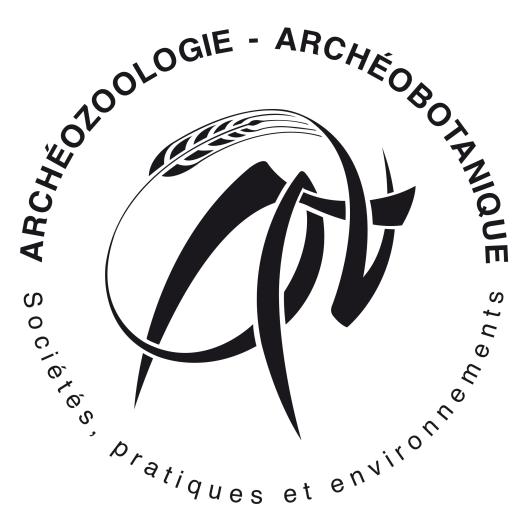Gestion sexuée des ressources équines



Un article avec 41 auteurs est vient de sortit, avec la participation de plusieurs membres d’AASPE) consacré à la mise en évidence d’une gestion sexuée des ressources équines de la préhistoire à l’époque moderne en France.
Après avoir réalisé une première étude à partir d’un corpus de 874 spécimens d’équidés anciens répartis sur 128 sites (Lepetz et Al. 2021). L’analyse ADN avait permis l’identification de 718 chevaux, 100 ânes, 55 mules et un seul bardot. Malgré cette omniprésence de chevaux cet ensemble de données avait révélé l’importance de l’élevage de mules à l’époque romaine, en particulier entre le 1er et le 3ème siècle de notre ère. Malgré son extrême discrétion dans la structure économique antique, l’âne, a eu un rôle fondamental puisque sa tâche a été de produire les hybrides. Alors que le monde romain l’a introduit en France du Nord il n’a finalement trouvé sa place comme animal de travail qu’au Moyen-Âge.
Référence :
Benoît Clavel, Sébastien Lepetz, Lorelei Chauvey, Stéphanie Schiavinato, Laure Tonasso-Calvière, Xuexue Liu, Antoine Fages, Naveed Khan, Andaine Seguin-Orlando, Clio Der Sarkissian, Pierre Clavel, Oscar Estrada, Duha Alioğlu, Charleen Gaunitz, Jean-Marc Aury, Maude Barme, Pierre Bodu, Monique Olive, Olivier Bignon-Lau, Jean-Christophe Castel, Myriam Boudadi-Maligne, Nicolas Boulbes, Alice Bourgois, Franck Decanter, Sylvain Foucras, Stéphane Frère, Armelle Gardeisen, Gaëtan Jouanin, Charlotte Méla, Nicolas Morand, Ariadna Nieto Espinet, Aude Perdereau, Olivier Putelat, Julie Rivière, Opale Robin, Marilyne Salin, Silvia Valenzuela-Lamas, Christian Vallet, Jean-Hervé Yvinec, Patrick Wincker, Ludovic Orlando, 2022, Sex in the city: Uncovering sex-specific management of equine resources from prehistoric times to the Modern Period in France, Journal of Archaeological Science: Reports, Volume 41, 103341, ISSN 2352-409X,https://doi.org/10.1016/j.jasrep.2022.103341.
Autre référence :
Sébastien Lepetz, Benoît Clavel, Duha Alioğlu, Lorelei Chauvey, Stéphanie Schiavinato, et al.. Historical management of equine resources in France from the Iron Age to the Modern Period. Journal of Archaeological Science: Reports, Elsevier, 2021, 40, pp.103250. ⟨10.1016/j.jasrep.2021.103250⟩. ⟨hal-03431948⟩
Abstract:
Sex identification from fragmentary archeozoological assemblages is particularly challenging in the Equid family, including for horses, donkeys and their hybrids. This limitation has precluded in-depth investigations of sex-ratio variation in various temporal, geographic and social contexts. Recently, shallow DNA sequencing has offered an economical solution to equine sex determination, even in environments where DNA preservation conditions is not optimal. In this study, we applied state-of-the-art methods in ancient DNA-based equine sex determination to 897 osseous remains in order to assess whether equal proportions of males and females could be found in a range of archeological contexts in France. We found Magdalenian horse hunt not focused on isolated bachelors, and Upper Paleolithic habitats and natural traps equally balancing sex ratios. In contrast, Iron Age sacrificial rituals appeared to have been preferentially oriented to male horses and this practice extended into the Roman Period. During Antiquity, the Middle Ages and the Modern Period, cities emerged as environments largely dominated by horse males. This strong sex-bias was considerably reduced, and sometimes even absent, in various rural contexts. Combined with previous archaeozoological work and textual evidence, our results portray an urban economy fueled by adult, often old, males, and rural environments where females and subadults of both sexes were maintained to sustain production demands.
Keywords: Ancient DNA; Archaeozoology; Horse; Donkey; Mule; Iron Age; Roman Period; Middle Ages; Hunting; Husbandry; Breeding; City